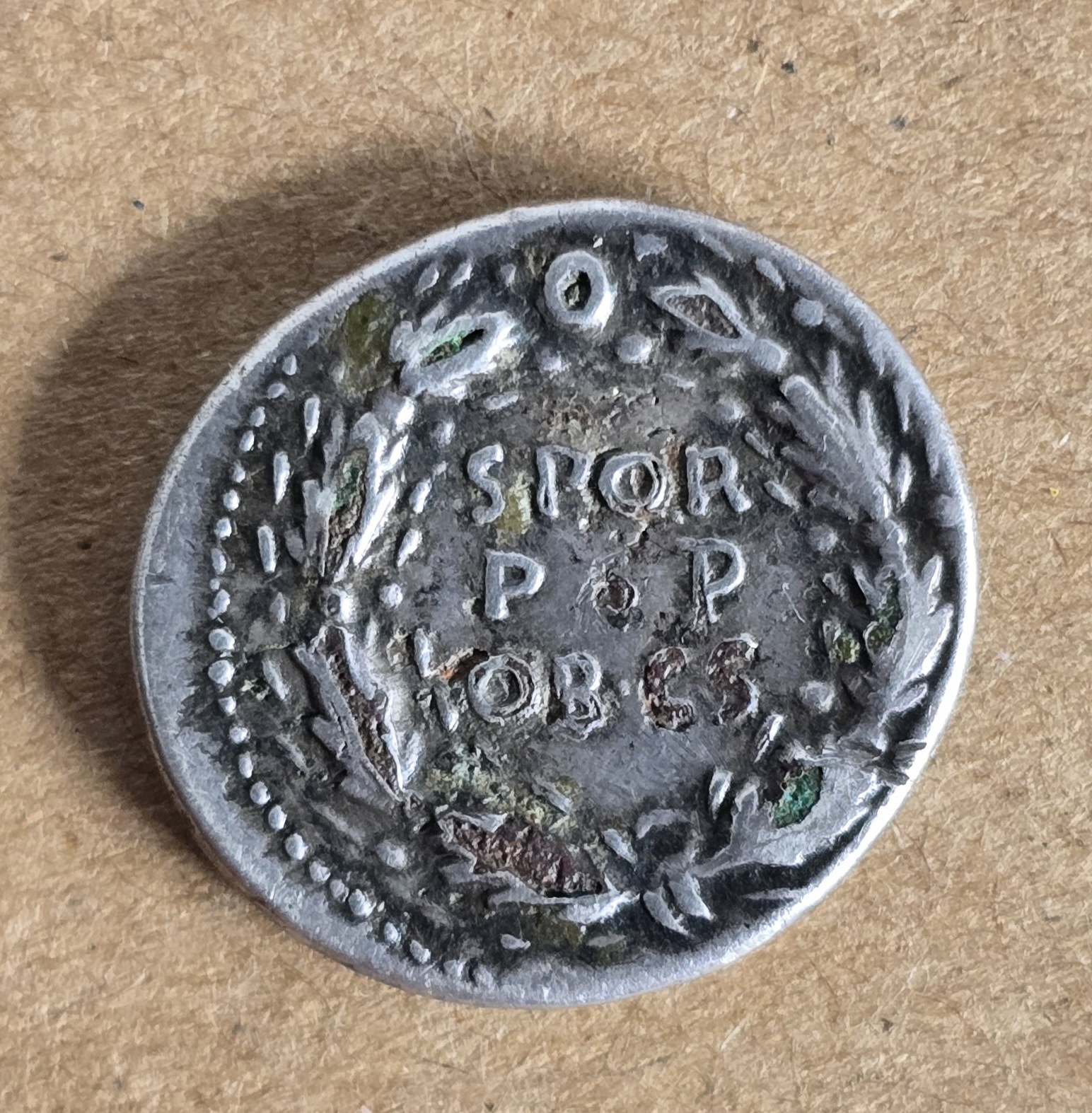How much was it worth when new?
How much now?
Ancient Coins
A community for collectors of ancient and medieval coins.
ID requests are welcome, but please post clearly lit images of both sides of the coin as well as a picture of the edges of the coin.
Sales posts are welcome. Inspired by the old ancientcoins subreddit, memes and jokes are only allowed on the last day of the month.
I general, just be nice to each other :)
Buy coins
Identify coins
Clean coins
Other
If you mean in contemporary value, a denarius back then was a day's pay for general labor.
Today, denarii of caligula go for many thousands of €. This is a fourré, which is essentially a contemporary fake, and these are significantly less expensive, "only" hundreds instead of thousands.
Still a day's pay for general labor 😉
You make a lot a day if some 100s are your daily income.
That's a beauty. Congratulations.
Just reading about fourré that you mention. Do you know it is one because of the oxidation at the bottom of the neck?
Yes, there's a small hole at the bottom of the neck through which you can see corroded copper, and a larger hole in the portrait's hair, showing the same. The weight is also lower than it should be because only the exterior is silver. The weight is the only way to identify them if they don't have surface faults like this one does.
Super, thanks. Does that make it an actual forgery, or just one of the lower silver content ones that were doing the rounds back then because of debasement?
Even still, it's really beautiful so congrats again.
That's the neat part; we don't know. These fourrés were definitely struck with official coin dies. that means that either some of the mint workers had a lucrative side gig (very risky, counterfeiting was punishable by death), there were some very audacious thieves living in Rome at the time or, the most commonly accepted one; they were official coins temporarily debased for purposes of financing some whim of the emperor, most often a conquest but in Caligula's case, excessive partying to the extent that his debauchery has become legendary.
TLDR: probably not counterfeits, just the state fucking over the common man. Nothing new under the sun.
That's cool. Thanks! Mike Duncan goes into the various debasements a reasonable amount in his "History of Rome" podcast (cannot recommend this highly enough - I've listened to it twice through now) and I always assumed that it was in the form of just mixing in other metals before minting but that gives me a much clearer understanding.
Oh that definitely also happened but it was a more gradual process spanning the course of several emperors' reigns in mostly the second half of the second century and the third century CE. First century coins are renowned to be of high silver content, current example excluded.
"Ob Cives Servatos" - in service of the people
"PP" Pater Patriae - father of the fatherland

